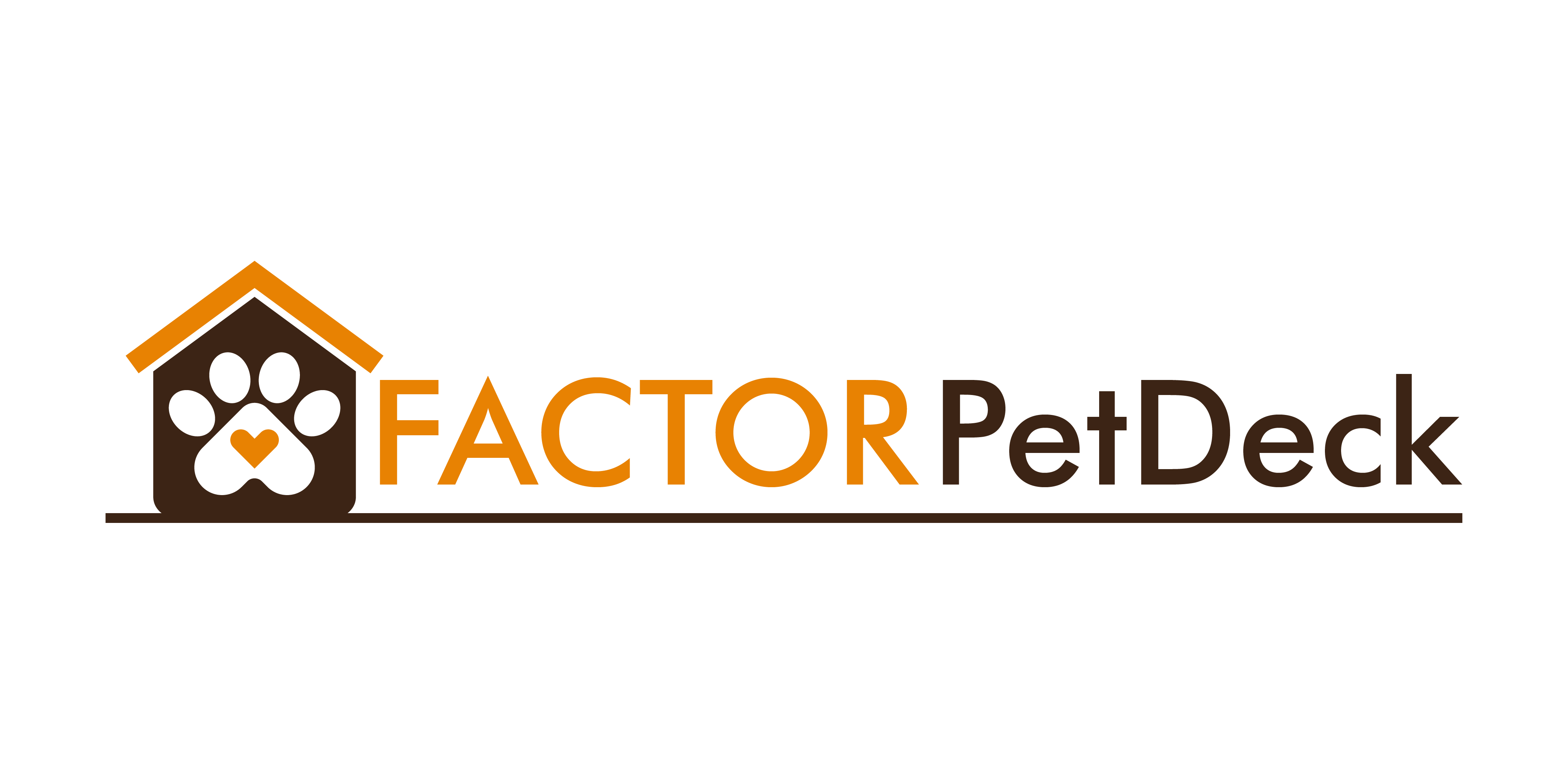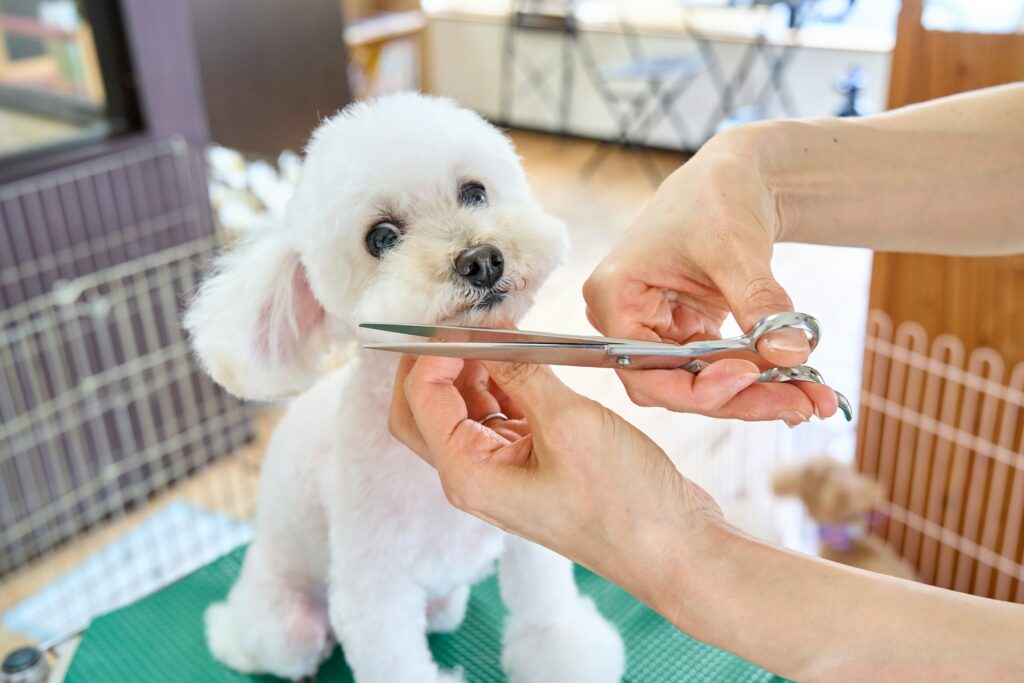Why Pet Insurance Is Worth Your Attention
Veterinary costs have climbed fast, and there’s no sign of it slowing down. If your pet ends up needing emergency surgery, treatment for a chronic condition, or even just a sudden round of diagnostics, the bill can hit four figures before you know it. That’s where pet insurance steps in—not as a luxury, but as a buffer that makes big decisions a little less agonizing.
When something goes wrong, you’re usually forced to choose between care and cost. Insurance can take that pressure off. Instead of scrambling to cover an unexpected $3,000 vet visit, you’re paying a monthly premium that keeps you ready for whatever comes. It’s about peace of mind, not just payout.
And it’s not just for Fluffy and Fido. Coverage now extends to rabbits, reptiles, even birds of prey. If it has a heartbeat—and if you’re attached to it—you can likely find a plan to match. The world of pet ownership has expanded, and smart coverage is finally catching up.
What Pet Insurance Actually Covers
Pet insurance isn’t just some gimmick—it’s a line of defense when things go sideways. Let’s break it down simply.
First, accidents. Pets get into stuff. Whether it’s a tumble off the porch, a swallowed sock, or a run-in with another animal, accident coverage handles the aftermath. You’re looking at vet visits, x-rays, surgeries—bills that can climb fast. This is the bread-and-butter protection.
Next, illnesses. We’re talking everything from ear infections to diabetes and even cancer. Chronic conditions, one-time sicknesses, or recurring issues—they’re mostly covered under broader plans. That means diagnostics, treatment, and even follow-ups fall under your plan’s umbrella.
Medications and diagnostic tools are another big part of your coverage. Blood tests, scans, prescription meds—these things aren’t cheap, and insurance can take the sting out of the bill. If your pet needs long-term meds or specialist testing, that coverage adds real value.
Then there’s the optional stuff. Add-ons like dental care, wellness checkups, and vaccines might not come standard, but they’re usually available. If your pet’s still young or you’re a routine-care kind of owner, it might make sense to tack these on. Not essential, but sometimes worth it.
In short, the right plan catches the curveballs, and with a few upgrades, it can keep your pet covered from nose to tail.
What It Doesn’t Cover
This is where pet insurance gets tricky. Yes, it can save you hundreds—or even thousands—but only if you understand what’s off the table.
First up: pre-existing conditions. If your pet had it before the policy began, don’t expect coverage. This applies even if the issue wasn’t formally diagnosed. Some providers draw hard lines, others allow coverage after your pet goes a certain amount of time symptom-free. Either way, read the fine print.
Routine care is another gray area. Basic checkups, vaccines, flea meds—all that preventive stuff? It’s usually not part of standard plans unless you tack on a wellness upgrade. If you want coverage for day-to-day vet visits, expect to pay more.
Cosmetic procedures, like tail docking or claw removal, are nonstarters. So is anything related to breeding. If your Frenchie has puppies, those costs are yours—start to finish.
Then there’s the waiting period. Get a policy today, and you’ll probably be in a holding pattern for 14 to 30 days. Anything that happens during that window is considered “pre-existing.” Translation: you can’t buy insurance the day your pet limps into the kitchen and expect tomorrow’s surgery to be covered.
Knowing these exclusions keeps expectations in check—and keeps you from being blindsided when the bill comes due.
Common Types of Policies
Not all pet insurance is built the same. The type of plan you choose depends on what protection you actually need—and what you’re willing to pay for.
Accident-only plans are your entry-level safety net. These cover unexpected injuries like broken bones, swallowed socks, or getting hit by a car. They’re the most budget-friendly option, ideal if you just want emergency backup without paying high premiums. But keep in mind: no illness coverage here. If your pet develops a disease or chronic condition, you’ll be on your own.
Comprehensive plans step it up. They usually cover accidents, illnesses, diagnostics, and sometimes medications or surgeries. This is a solid middle ground for people who want decent protection without swimming in exclusions. If your dog gets cancer or your cat develops kidney disease, a comprehensive plan helps cushion the blow.
Wellness plans are preventive add-ons focused on everyday care—think vaccines, flea meds, annual checkups, dental cleanings. These aren’t meant to save your finances in a crisis but to help you stay on top of routine health. Some folks swear by them; others prefer to budget these costs on their own.
Layering smartly comes down to value. You don’t necessarily need every bell and whistle. For young, healthy pets, accident-only + a standalone wellness option might do the trick. For older or at-risk animals, a full comprehensive plan with limited wellness perks may be worth it. The key is avoiding overlap while making sure you’re covered where it counts. Don’t overpay for peace of mind—but don’t gamble with gaps, either.
Cost Breakdown & Value
Monthly premiums for pet insurance can range from a few bucks to over $100, depending on species, breed, age, and location. On average, dogs cost more to insure than cats—expect around $35–$70/month for a healthy dog and $15–$40/month for a cat. Purebreds typically come with higher premiums due to hereditary risks. Bulldogs, for example, run more than mutts. Got a parrot or bearded dragon? Fewer options exist, and exotic coverage usually comes with a steeper price tag.
Then there are the terms. Deductibles—how much you pay before insurance kicks in—can vary widely, often between $100 and $1,000 annually. Lower deductible? Higher premium. Most policies also have co-pays (you pay 10%–30% of the bill after deductible) and total annual caps, which limit how much the insurer pays each year. Know your ceiling.
Now, the classic debate: is it smarter to self-insure—just stash money in a savings account? Maybe. If your pet stays healthy, you’ll come out ahead. But one surgery for a torn ACL or a diabetes diagnosis can shatter that logic fast. Insurance, ideally, isn’t about profit—it’s about protection.
Real talk: a dog in Oregon racked up $9,000 in bills after eating half a tennis ball. Insurance covered the bulk. Another owner caught their cat’s early-stage kidney disease during a wellness check, saving thousands in future care. These aren’t rare stories—they’re why more pet owners are signing up.
When it comes to balancing cost and peace of mind, the numbers make a strong case for at least some coverage. Paying $40/month can feel annoying—until the vet hits you with a $3,000 estimate. Then it feels smart.
Picking the Right Plan for Your Pet
Before signing on the dotted line, stop and ask a few key questions. First, what does your pet actually need? A young, healthy mixed-breed dog won’t need the same coverage as an older purebred cat prone to health issues. Your pet’s age, breed, and lifestyle play a big role in what kind of policy makes sense. Couch potato or trail runner—those choices impact risk, and premiums.
Dig into the fine print: Is the policy clear about what’s covered and what’s not? How long is the waiting period? Can you choose your own vet? These details matter more than flashy marketing.
Also, check the company’s track record. Are claims paid fast? Is customer service responsive when things go wrong? If you can’t get a straight answer or real support when it counts, keep shopping. Transparency and trust are everything in a market that’s growing fast—but not always improving at the same pace.
Choosing the right plan isn’t about picking the cheapest option. It’s about finding a policy that fits your pet’s reality—and a provider that won’t disappear when you need them most.
When to Insure: Timing is Everything
If you’re getting pet insurance, timing isn’t just important—it’s the whole game. The earlier you start, the more you save. Insuring a young, healthy pet means lower premiums and fewer exclusions. Coverage kicks in before any pre-existing conditions can be used to deny claims later, which makes your plan more valuable in the long run. Waiting too long costs you. Simple as that.
Got a new puppy or kitten? That’s your window. They’re curious, clumsy, and still figuring the world out—prime time for accidents and surprise vet visits. Signing up during the adoption moment locks in solid coverage before issues arise, and some providers even offer limited-time discounts for brand-new pet parents.
As for senior pets, it gets trickier. Premiums are higher, and some conditions might already be off the table. Still, depending on the pet’s health, personality, and risk factors, it can be worth it—especially if you’re staring down the barrel of chronic illnesses or expensive treatments. The key is running the numbers and choosing plans with realistic expectations.
Bottom line? Don’t wait for a scare. Good insurance is a proactive move, not damage control.
A Smarter Way to Be a Pet Owner
Insurance isn’t the whole equation—but it’s a key part of a real pet care strategy. You wouldn’t skip regular meals, clean water, or checkups. Insurance just happens to be the single thing that covers your back when things stop going according to plan. And that’s the core of responsible ownership: preparing for the rough days, not just the easy ones.
It matters most at 2 a.m., when your dog swallows something it shouldn’t, or your cat can’t walk and you’re headed to the emergency vet. In those moments, decisions come fast. Having coverage means you’re less likely to hesitate or second-guess based on cost. You go in, get help, and deal with the rest later.
Used right, insurance is a way to stay calm when things get chaotic. Think of it as a good leash—not something you always need, but crucial when you do.
(Also see: The Ultimate Guide to Becoming a Pet Owner)
Final Thoughts: It’s About Responsibility
Pet insurance isn’t some shiny add-on—it’s smart planning. Vet bills don’t ask if it’s a good time. One accident, one illness, and you might be staring down a four-figure invoice. Insurance helps you handle that moment with a clearer head.
But don’t just grab the first plan you see. Understand what’s included. Read the fine print. Know your deductible, your coverage caps, your out-of-pocket maximum. The right policy isn’t just about monthly cost—it’s about whether it actually helps when it counts.
When you plan ahead, you protect more than your bank account. You give your pet a better shot at quick care, and yourself a little less panic when life gets unpredictable. That’s not a luxury. That’s being ready.




